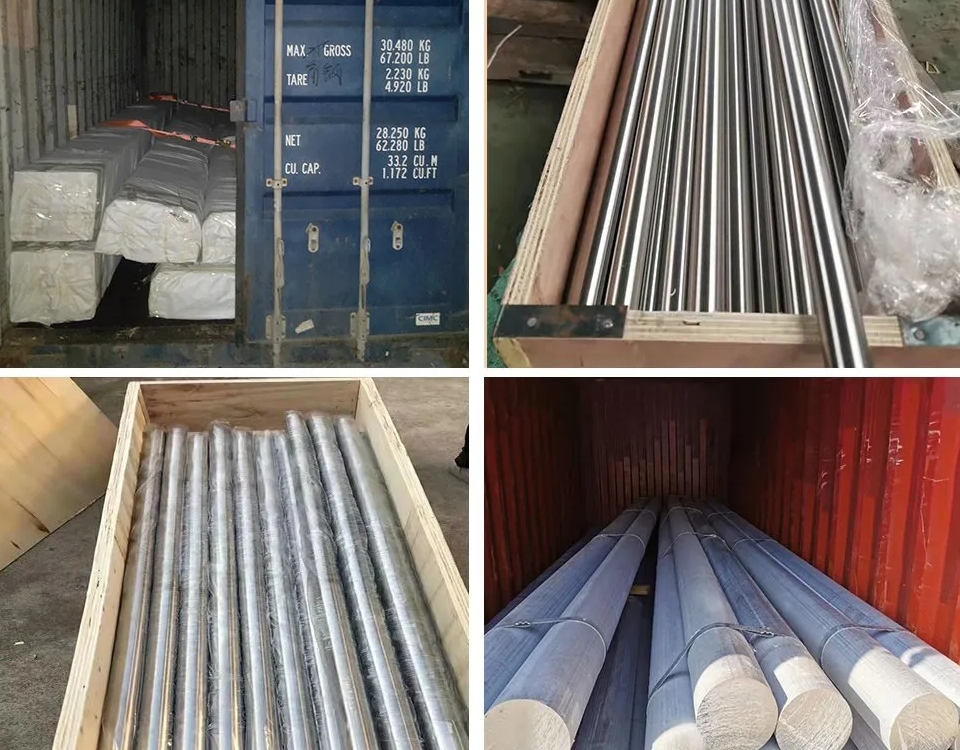430 stainless steel and 304 stainless steel are two common choices, each with unique properties and advantages for different application scenarios.
304 stainless steel vs 430 stainless steel chemical composition
430 stainless steel is a ferritic stainless steel, mainly containing iron, chromium and other trace elements, of which the chromium content is usually between 16% and 18%, which makes it have certain corrosion resistance. In addition, the carbon content of 430 stainless steel is low, usually less than 0.1%, which helps to improve its welding performance. However, it contains no or only a very small amount of nickel, which affects its corrosion resistance and processing performance to a certain extent.
304 stainless steel is an austenitic stainless steel containing about 18% to 20% chromium and 8% to 10.5% nickel, which makes it have excellent corrosion resistance in a variety of environments. In addition, 304 stainless steel also contains a small amount of carbon, manganese and other elements, which work together to improve its mechanical properties and processing performance.
304 stainless steel vs 430 corrosion resistance
Although 430 stainless steel has certain corrosion resistance, its corrosion resistance will be significantly reduced in harsh environments such as strong acid, strong alkali or high temperature and high humidity. Therefore, 430 stainless steel may not be the best choice in applications that require high corrosion resistance.
In contrast, 304 stainless steel has more excellent corrosion resistance. It can remain stable in the corrosive environment of various acids, alkalis, salts and other compounds and is not easily corroded. This makes 304 stainless steel widely used in food, medicine, chemical and other industries.
304 stainless steel vs 430 mechanical properties
430 stainless steel has high strength and hardness, which makes it perform well in some occasions that need to withstand greater mechanical stress. However, its toughness is relatively poor and its processing performance is slightly insufficient.
304 stainless steel not only has good corrosion resistance, but also has high mechanical properties and toughness. It is easy to process, weld and form, and can meet the manufacturing needs of various complex shapes and structures.
304 stainless steel vs 430 price factors
Since 430 stainless steel contains no or only a very small amount of nickel, its manufacturing cost is relatively low, so its price is relatively cheap. This makes it widely used in some occasions with high cost requirements.
In contrast, 304 stainless steel contains a higher nickel element, which increases its manufacturing cost and price. However, its excellent performance and wide application areas make this price difference acceptable.

